Food is only one factor, and no one has the right to dictate the diet of others. Food is a core part of culture, and destruction of culture is one of the definitions of genocide.
Housing, transport, pollution, these are all problems at such collosal scales given the size of the human population that it simply isn’t sustainable.
The sooner that humanity returns to a more sustainable population the better.
There’s a long way between our surplus of food and food insecurity.
Food insecurity is mostly a logistics problem when examined globally. There is no solving that without an increase in energy usage.


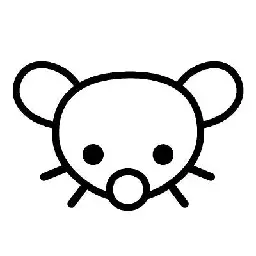


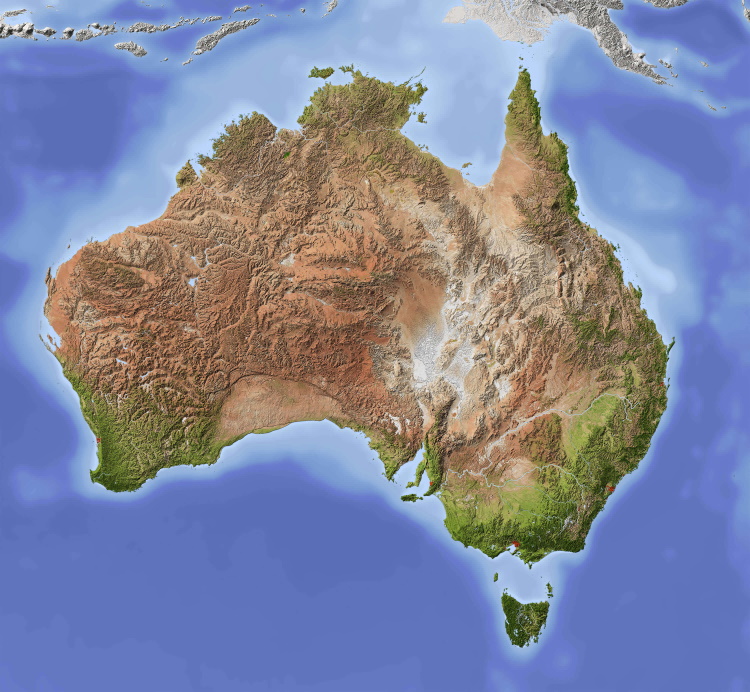



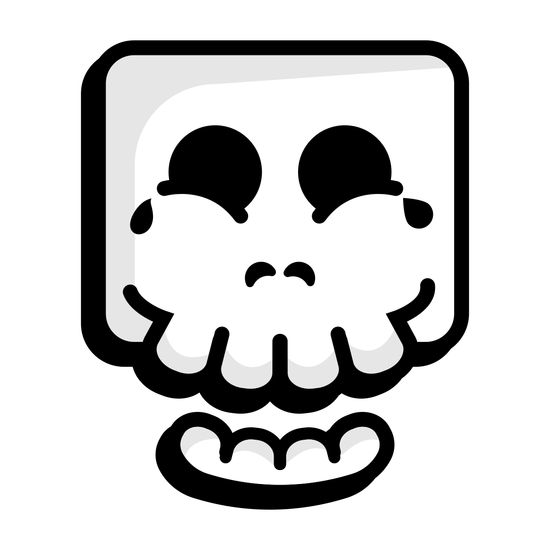





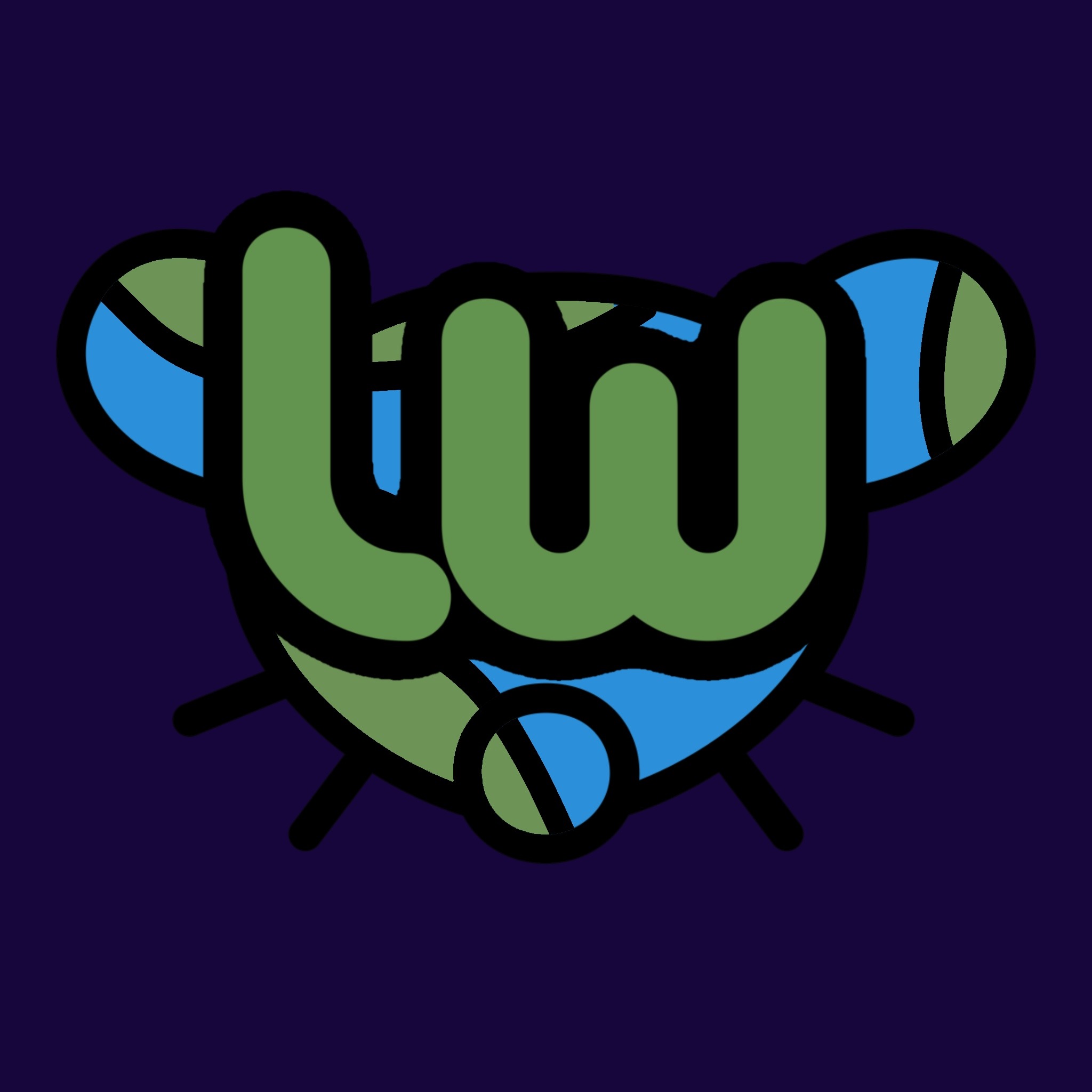
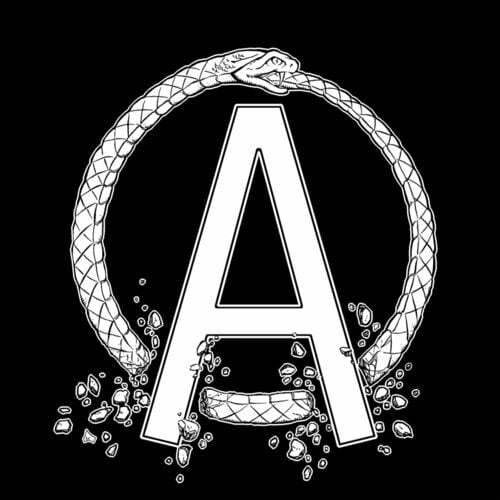
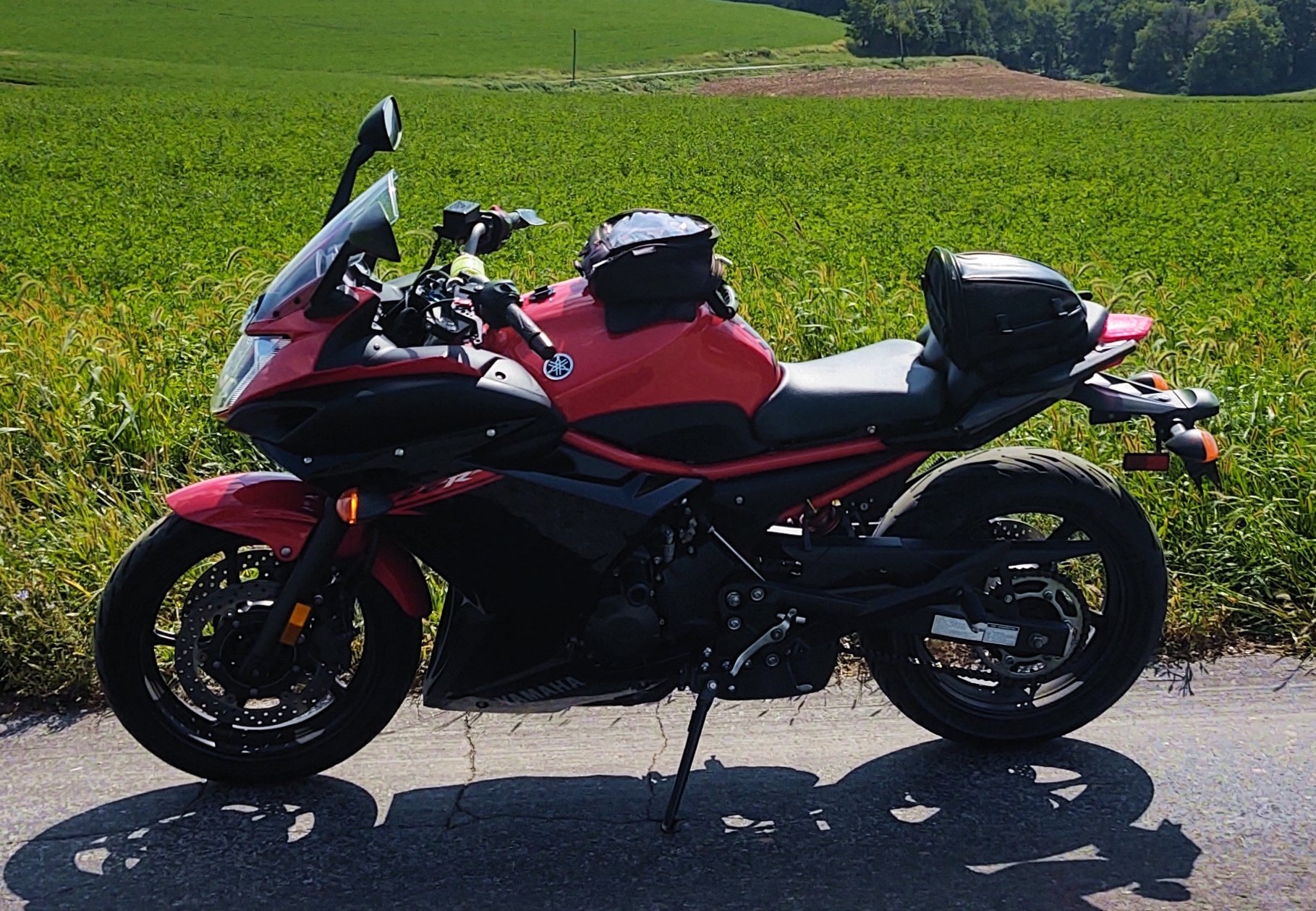
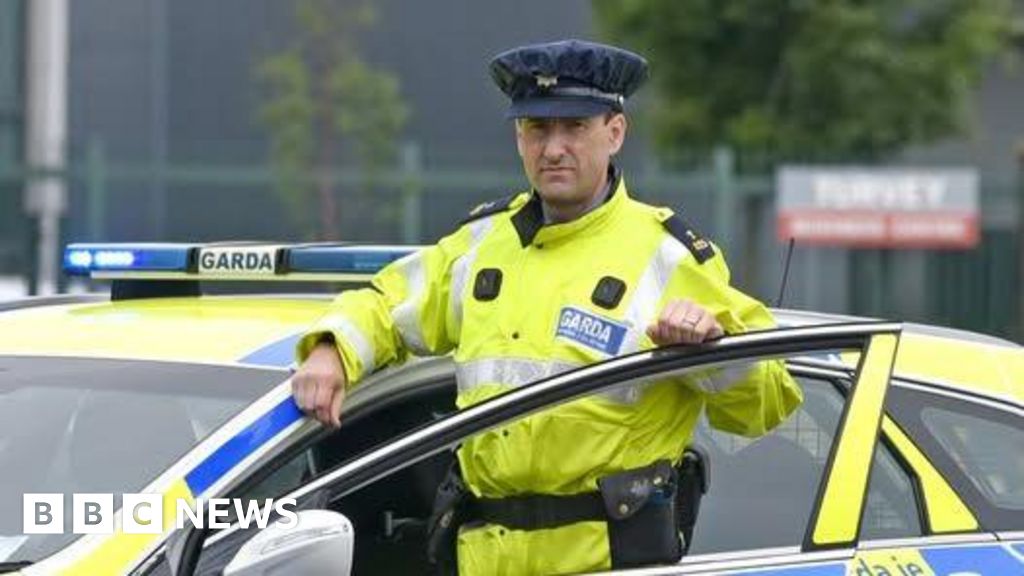
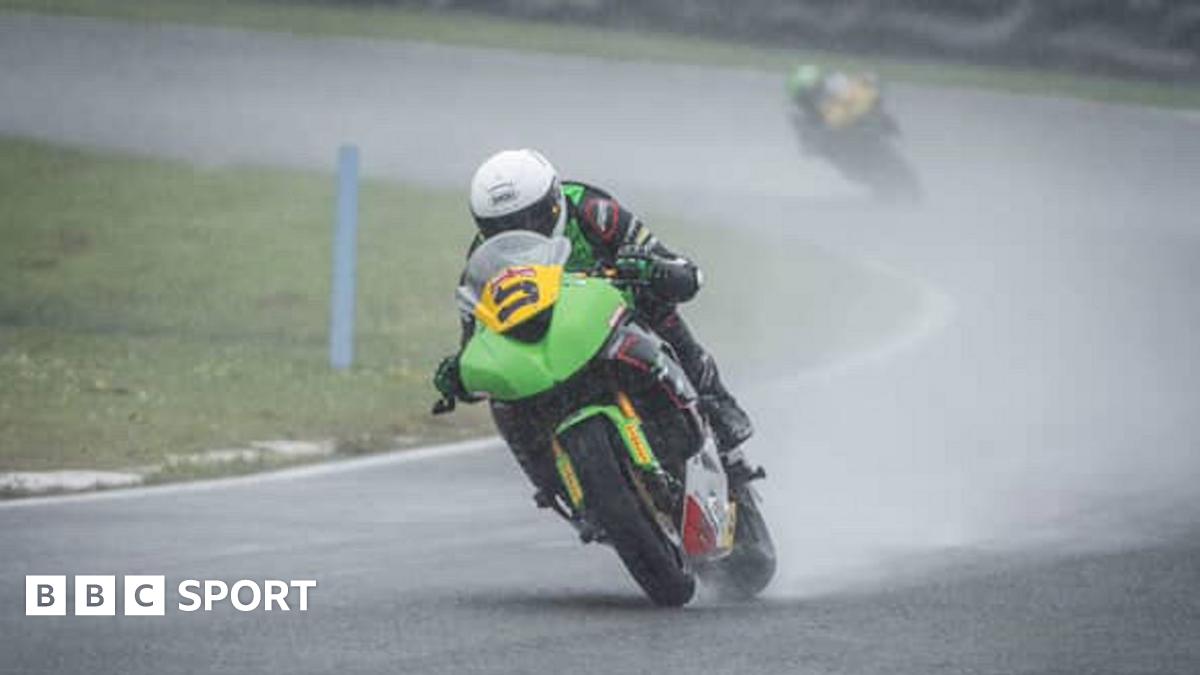

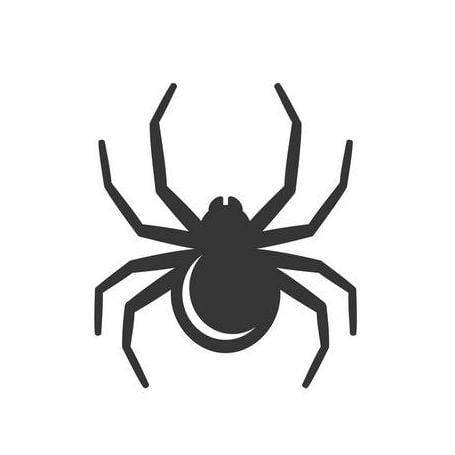
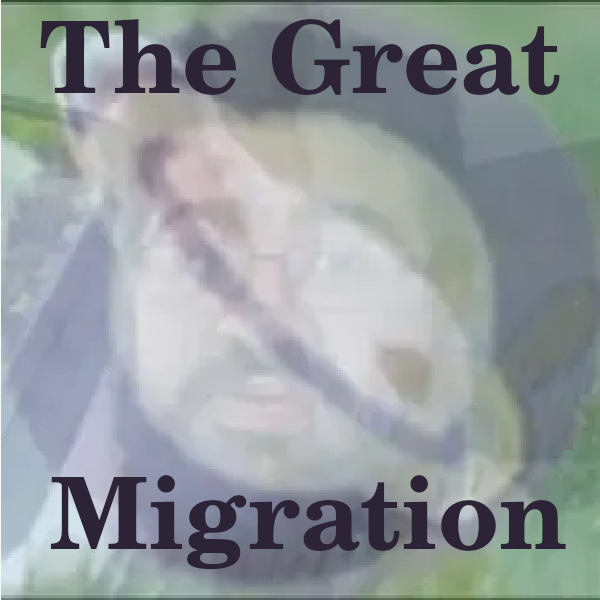
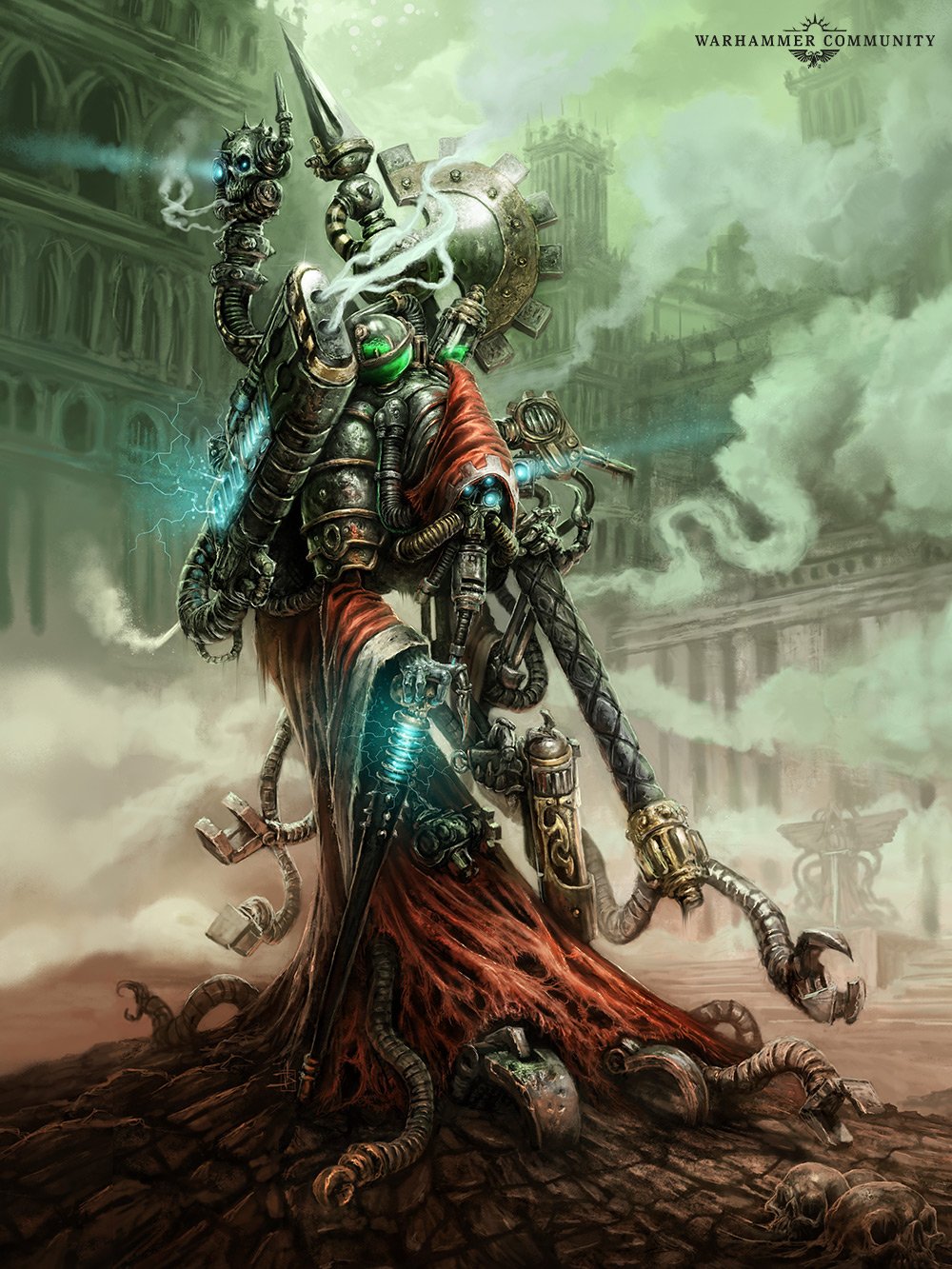



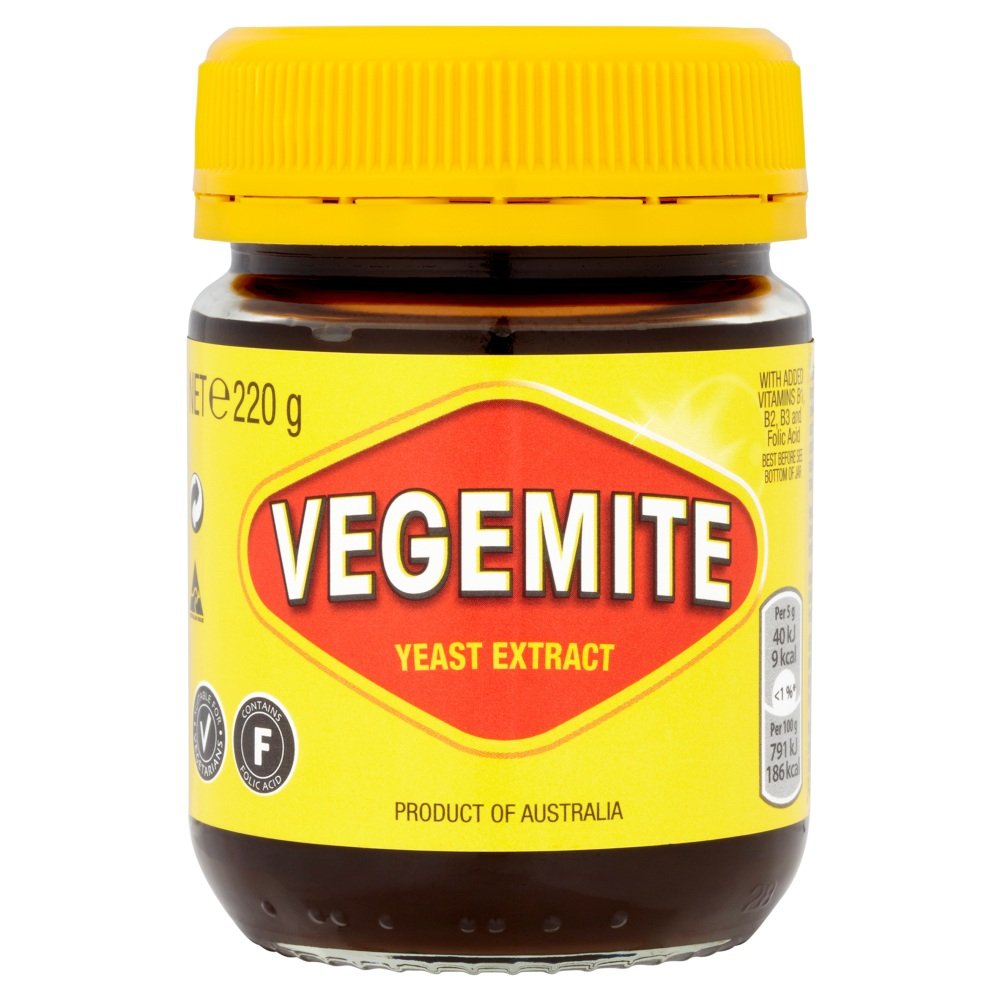

I’m deciding if I feel sorry for the UK or not, what does BP stand for again?
Bonus question, how many governments were overthrown to ensure BP could profit from other nation’s resources?